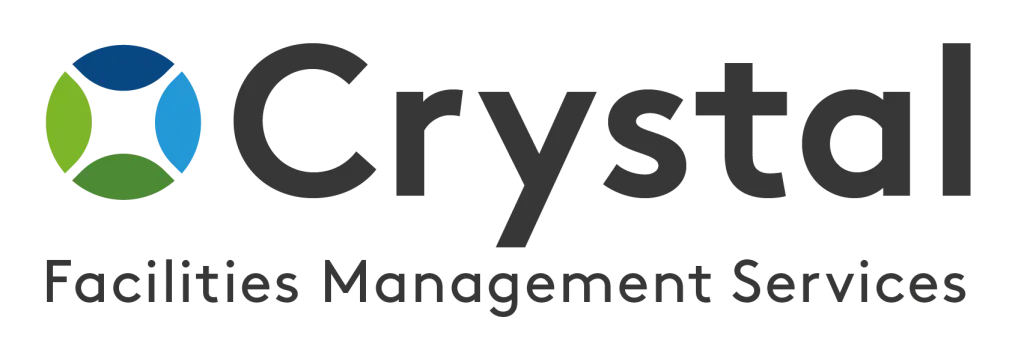Meeting Room Management: Tips for Balancing Demand and Availability
Meeting rooms are a crucial resource for any organization, serving as a space for collaboration, decision-making, and problem-solving. However, managing the demand for these spaces can be a challenge, especially in organizations with limited meeting room availability. As a leading provider of facilities management services, Crystal Facilities Management understands the importance of effectively managing meeting room demand and availability. In this article, we will discuss some tips for balancing meeting room demand and availability to ensure a smooth and efficient process for all employees.
Assessing Meeting Room Demand
The first step in balancing meeting room demand and availability is to assess the demand for these spaces within your organization. This can be done by reviewing past meeting room bookings, analyzing the frequency and duration of meetings, and identifying peak times when meeting rooms are in high demand. By understanding the demand for meeting rooms, organizations can make informed decisions about how to allocate these spaces more effectively.
Implementing a Booking System
One of the most effective ways to manage meeting room demand is by implementing a booking system. This system allows employees to reserve meeting rooms in advance, reducing the likelihood of double bookings and ensuring that all meetings have a dedicated space. Additionally, a booking system can provide valuable data on meeting room utilization, allowing organizations to identify trends and make data-driven decisions about meeting room allocation.
Setting Clear Booking Policies
Clear booking policies are essential for managing meeting room demand and availability. These policies should outline the process for reserving meeting rooms, including the maximum duration for bookings, the cancellation policy, and any penalties for no-shows or late cancellations. By setting clear booking policies, organizations can ensure that meeting rooms are used efficiently and fairly by all employees.
Optimizing Meeting Room Layouts
The layout of meeting rooms can have a significant impact on their availability and demand. Organizations should consider the size and configuration of meeting rooms, as well as the availability of amenities such as audiovisual equipment and whiteboards. By optimizing the layout of meeting rooms, organizations can maximize their usability and ensure that they meet the diverse needs of employees.
Utilizing Technology
Technology can be a valuable tool for managing meeting room demand and availability. For example, digital signage outside meeting rooms can display real-time availability and upcoming bookings, allowing employees to identify and book available meeting rooms on the spot. Additionally, organizations can utilize room scheduling software to streamline the booking process and provide employees with visibility into meeting room availability.
Implementing Flexible Work Policies
Flexible work policies, such as remote work options and flexible hours, can help reduce the demand for meeting rooms by allowing employees to collaborate and communicate virtually. By providing employees with the flexibility to work remotely or adjust their schedules, organizations can alleviate the strain on meeting room availability and reduce the need for physical meeting spaces.
Regularly Evaluating Meeting Room Usage
Finally, it is essential for organizations to regularly evaluate meeting room usage to ensure that demand and availability are balanced effectively. This can be done by analyzing booking data, soliciting feedback from employees, and conducting periodic assessments of meeting room utilization. By continuously monitoring meeting room usage, organizations can adapt their strategies and policies to meet the evolving needs of their workforce.
Conclusion
Effective meeting room management is crucial for ensuring that employees have access to the spaces they need to collaborate and innovate. By assessing meeting room demand, implementing booking systems, setting clear policies, optimizing layouts, utilizing technology, implementing flexible work policies, and regularly evaluating usage, organizations can balance meeting room demand and availability to the benefit of all employees. Crystal Facilities Management understands the importance of efficient meeting room management and is committed to providing organizations with the tools and resources they need to optimize their meeting room utilization.












